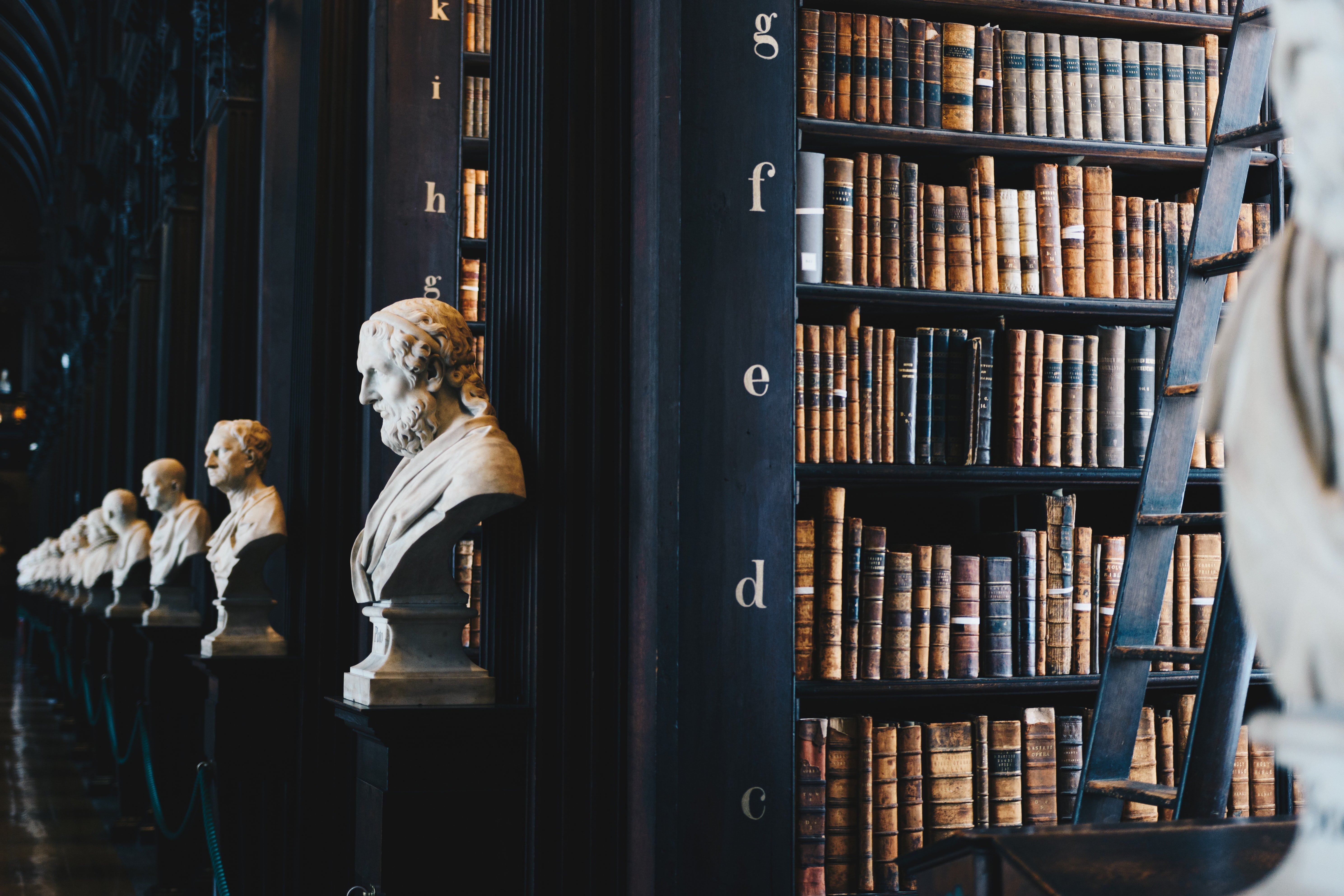What is the difference between a patent, trademark, and copyright?
As a lawyer, I can provide you with legal advice on the difference between a patent, trademark, and copyright.
Patent
A patent is a form of legal protection for inventors to exclude others from making, using, selling, importing or distributing their invention without permission for a limited period, usually 20 years from the filing date. A patent can be obtained for a new, useful, and non-obvious invention or discovery in any field of technology, such as machines, chemicals, or software. The primary purpose of a patent is to promote innovation by rewarding inventors with the exclusive right to exploit their invention for a certain period of time.
Trademark
A trademark is a distinctive sign, symbol, or logo that identifies and distinguishes the goods or services of one business from those of others. It can be a word, phrase, design, or combination of these elements. A trademark is used to indicate the origin and quality of goods or services and to create brand recognition and loyalty. Trademarks are protected under intellectual property laws, and the registration of a trademark gives the owner the exclusive right to use and prevent others from using the mark in connection with the goods or services covered by the registration.
Copyright
A copyright is a form of legal protection for authors of original works of authorship, such as books, music, art, or software. A copyright gives the owner the exclusive right to reproduce, distribute, perform, display, and create derivative works based on the original work. Copyright protection automatically exists when a work is created and fixed in a tangible form, such as on paper, audio recording, or computer file. Copyright protection lasts for the life of the author plus 70 years after their death in most cases.
Limitations and Exceptions
While patents, trademarks, and copyrights provide exclusive rights to their owners, there are certain limitations and exceptions that allow others to use or copy the protected works without permission. These include fair use, which allows limited use for criticism, comment, news reporting, teaching, scholarship, or research; exhaustion, which means that the owner's rights are exhausted after the first sale of a tangible copy of a work; and the doctrine of first sale, which allows the owner of a copy of a copyrighted work to sell, lend, or otherwise dispose of that copy without the owner's permission.
Further Action
If you have an invention, brand, or creative work that you want to protect, you should consult with a licensed attorney who specializes in intellectual property law to determine the best strategy for obtaining and enforcing your rights. This may involve conducting a patent or trademark search to avoid infringing on the rights of others, filing a patent or trademark application with the appropriate government agency, monitoring and enforcing your rights against infringers, or negotiating and drafting license agreements with others who want to use your intellectual property.
 By
By


